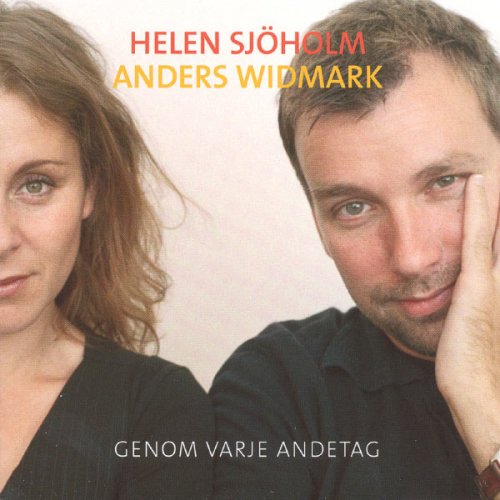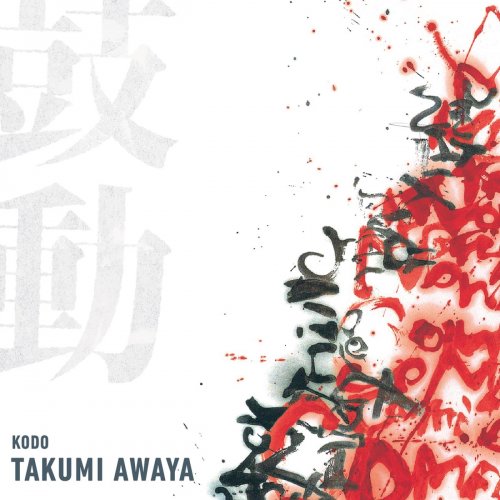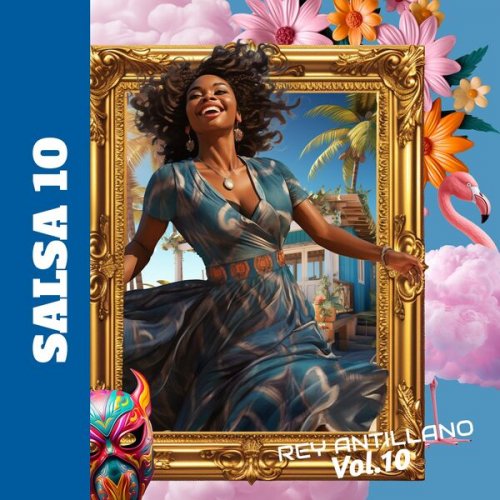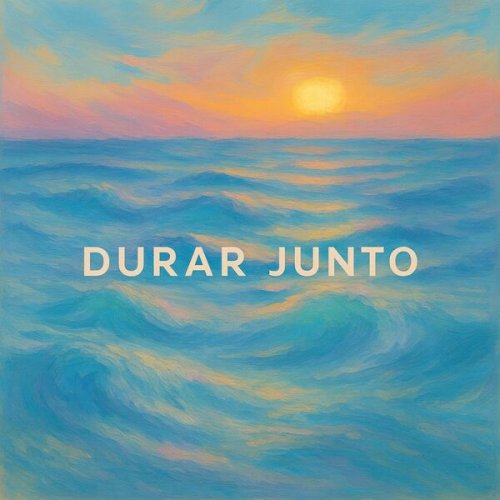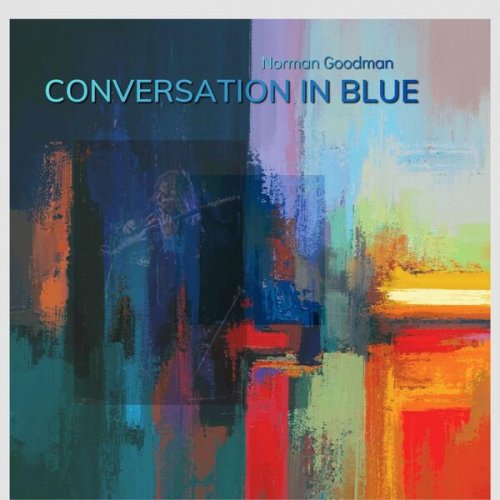Tamba 4 - We And The Sea (1967)
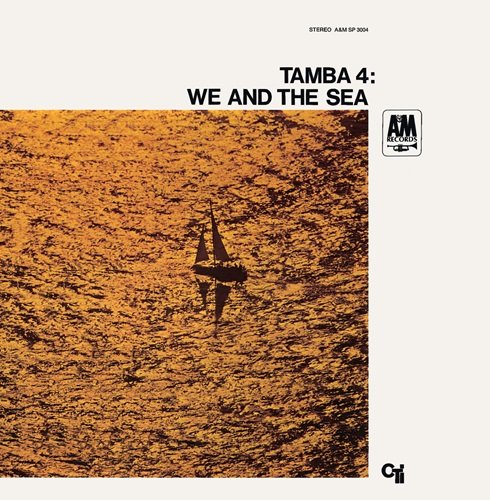
Artist: Tamba 4
Title: We And The Sea
Year Of Release: 1967/2000
Label: UMG Recordings, PolyGram Records
Genre: Latin Jazz, Bossa Nova
Quality: Flac (tracks)
Total Time: 33:48
Total Size: 220 Mb
WebSite: Album Preview
Tracklist:Title: We And The Sea
Year Of Release: 1967/2000
Label: UMG Recordings, PolyGram Records
Genre: Latin Jazz, Bossa Nova
Quality: Flac (tracks)
Total Time: 33:48
Total Size: 220 Mb
WebSite: Album Preview
01. O Morro (The Hill) 7:41
02. Moca Flor (Flower Girl) 3:11
03. Lemanja 4:35
04. We And The Sea (Nos e ou Mar) 2:37
05. Chant Of Ossanha (Canto de Ossanha) 5:03
06. The Dolphin 2:25
07. Consolation (Consolacao) 8:15
Once called the Tamba Trio (they became a quartet in 1966), the Tamba 4 made its North American debut with an often adventurous recording that stretched the boundaries not only of bossa nova but of producer Creed Taylor's soundworld at A&M. The erudite composer/pianist/organist Luíz Eça was the band's intellectual spark plug; his cross-genre borrowings would eventually pave the way for present-day Latin piano virtuosos like Chucho Valdés and Gonzalo Rubalcaba. Bebeto played lively jazz flute and bass, Drio handled bass, guitar and percussion, and Ohana was the extraordinarily flexible drummer. Along with their classical pretensions and straight-ahead bossa nova swinging, the group dabbles with voodoo-like incantations that could weave a seductive spell on tunes like "Lemanjá" and "Chant of Ossanha." Their take on Jobim's "O Morro" is a lengthy, complex, structured composition with Eça's piano frequently summoning forth Ravel, Gershwin, and 20th century dissonance, finally bursting into ecstatic Brazilian swing at the close. Bebeto also sings in silky mellow Portuguese on "Flower Girl," and the foursome provides its own shadowy vocal support on several tracks. Impeccably recorded at Rudy Van Gelder's studio in New Jersey, this recording ought to be high on Brazilian jazz collectors' want lists.~Richard S. Ginell


